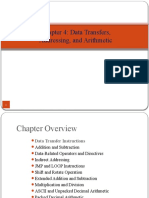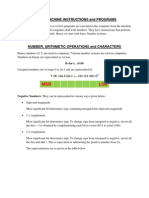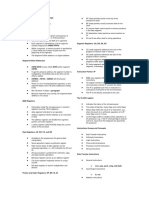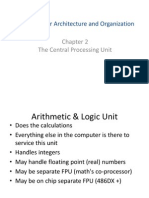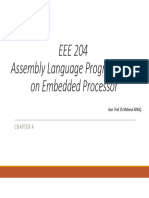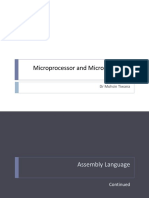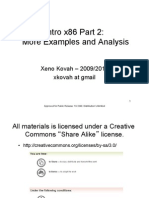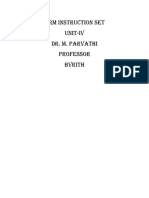0% found this document useful (0 votes)
49 views25 pages7 Machine - Condition - Codes v2
The document discusses machine-level programming and assembly language instructions. It describes instruction formats, operand types, and address calculation using various addressing modes. Examples are provided to demonstrate how addresses are computed for different memory operands.
Uploaded by
Engy AhmedCopyright
© © All Rights Reserved
We take content rights seriously. If you suspect this is your content, claim it here.
Available Formats
Download as PDF, TXT or read online on Scribd
0% found this document useful (0 votes)
49 views25 pages7 Machine - Condition - Codes v2
The document discusses machine-level programming and assembly language instructions. It describes instruction formats, operand types, and address calculation using various addressing modes. Examples are provided to demonstrate how addresses are computed for different memory operands.
Uploaded by
Engy AhmedCopyright
© © All Rights Reserved
We take content rights seriously. If you suspect this is your content, claim it here.
Available Formats
Download as PDF, TXT or read online on Scribd
/ 25
